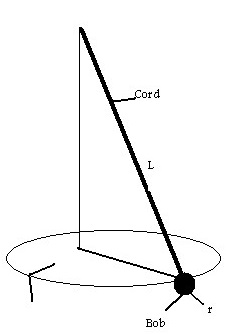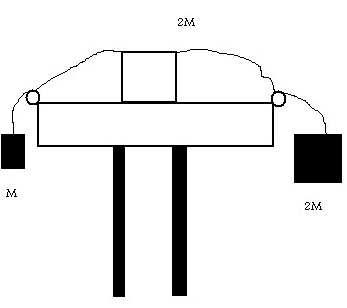Assignment:
Question 1. A 68 kg crate is dragged across a floor by pulling on a rope attached to the crate and inclined 15 degrees above the horizontal. (a) If the coefficient of static friction is 0.50, what minimum force magnitude is required from the rope to start the crate moving ? (b) If the friction is 0.35, what is the magnitude of the initial acceleration of the crate ?
Question 2. A loaded penguin sled weighing 80 Newton’s rests on a plane at 20 degree’s to the horizontal. Between the sled and the plane the coefficient of static friction is 0.25 and the coefficient of friction is 0.15. (a) What is the minimum magnitude of the force F. parallel to the plane, that will prevent the sled from slipping down the plane ? (b) What is the minimum magnitude F that will start the sled moving up the plane ? (c) What value of F is required to move the sled up the plane at constant velocity ?
Question 3. Calculate the ratio of the drag force on a passenger jet flying with a speed of 1000 km/h at an altitude of 10 km to the drag force on a prop driven transport flying at half the speed and half the altitude of the jet. At 10 km the density of air is 0.38 km/m^3, and at 5.0 km it is 0.67 kg/m^3. Assume that the airplanes have the same effective cross-sectional area and the same drag coefficient C.
Question 4. An Airplane is flying in a horizontal flying in a horizontal circle at a speed of 480 km/h. If its wings are tilted 40 degrees to the horizontal, what is the radius of the circle in which the plane is flying ? Assume required force is provided entirely by and “aerodynamic lift” that is perpendicular to the wing surface.
Question 5. A 4.0 kg block is put on top of a 5.0 kg. To cause the top block to slip on the bottom block while the bottom block is held fixed, a horizontal force of at least 12 Newton’s must be applied to the top block. The assembly of blocks is now placed on a horizontal, frictionless table. Find the magnitudes of (a) the maximum horizontal force F that can be applied to the lower block so that the blocks will movie together and (b) the resulting acceleration of the blocks.
Question 6. Figure below shows, a conical pendulum, in which the bob ( the small object at the lower end of the cord ) moves in a horizontal circle at constant speed. The bob has a mass of 0.040 kg the string has a length L=0.90 m and a mass that is negligible relative to the bobs mass,. And the bob follows a circular path of circumference 0.94 m . What are (a) the tension in the string and (b) the period of the motion?

Question 7. The 3 blocks below are released from rest and then accelerate with a magnitude of 0.500 m/s^2. What is the coefficient of kinetic friction between the sliding block and the table?
